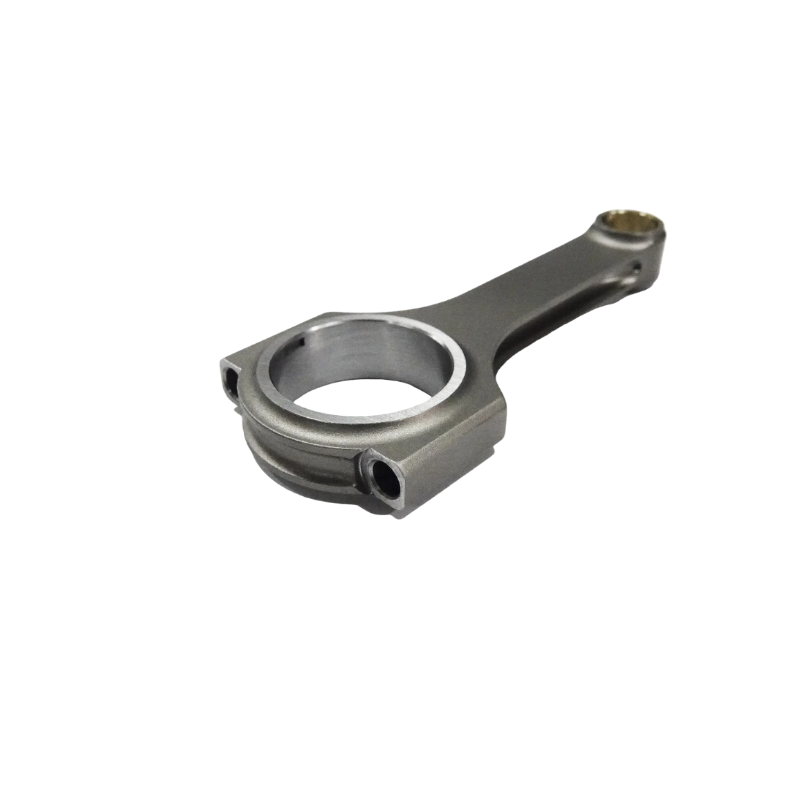5.3 connecting rods have become a critical component in the world of automotive and mechanical engineering. As a key element in any internal combustion engine, they play an essential role in converting the reciprocating motion of the piston into the rotary motion of the crankshaft. In recent years, advancements in materials and design have led to significant improvements in the performance of these vital parts.
One notable development in the field is the use of high-performance alloys. These materials are specifically engineered to withstand the immense forces and temperatures found within engines. As a result, connecting rods made from these alloys exhibit enhanced durability, reduced weight, and increased resistance to fatigue.
The lightweight nature of these advanced materials has led to significant reductions in overall engine weight. This not only improves efficiency but also allows for a more compact engine design. Consequently, automobile manufacturers have been able to develop vehicles with improved performance, fuel economy, and reduced emissions.
Advanced manufacturing techniques have also played a pivotal role in shaping the future of 5.3 connecting rods. Computer-aided design (CAD) and computer-aided manufacturing (CAM) have streamlined the production process, enabling engineers to produce components with unparalleled precision. This level of accuracy results in an optimal fit between the piston, connecting rod, and crankshaft, reducing wear and ensuring smooth operation.
One revolutionary method employed in the production of 5.3 connecting rods is powder metallurgy. This process involves the use of metal powders, which are pressed into a specific shape and then heated to form a solid part. Powder metallurgy allows for the creation of complex geometries that would be difficult, if not impossible, to achieve through traditional manufacturing methods. The result is a connecting rod with superior mechanical properties and a longer service life.
Another breakthrough in the world of 5.3 connecting rods is the introduction of fracture-split technology. This innovative process involves the controlled fracturing of a connecting rod’s big end during manufacturing. The resulting irregular surface created by the fracture ensures a perfect fit when the two halves are reassembled. This method significantly reduces the chances of failure and increases the overall strength of the component.
With these advancements in materials, manufacturing, and design, 5.3 connecting rods have become a critical factor in the optimization of engine performance. As we continue to push the boundaries of technology, it is clear that the humble connecting rod will remain a central player in the evolution of the internal combustion engine. The future is bright for 5.3 connecting rods and their role in revolutionizing engine performance for the modern world.
